Pagani Automobili will introduce the Huayra BC, their most powerful version yet, at the Geneva Motor Show.
The ‘BC’ initials come as a result of Horacio Pagani dedicating this model to Benny Caiola, a person who inspired him over the years and who was so impressed with his work, he was the very first Pagani customer. On arriving at the website, visitors are greeted with, ‘Dear Benny, I dedicate the Huayra BC to you, from my heart.’ – Horacio Pagani. The new Huayra BC packs a more powerful engine, lighter construction and revised body and aero work. It has been inspired by the track-only Zonda R and track-oriented Zonda Cinque.
The main visible changes are the two-tone colour scheme and larger rear wing. The carbon-fibre bodywork is naked on the front splitter, bonnet and rear engine cover and diffuser with the rest finished in a rich silver hue. A white racing stripe flanked by two blue pin-stripes runs down the centre of the car longitudinally. The rear quarter panels sport component manufacturer logos. A larger diffuser now finds place at the rear as well.
That said, it is important to note that the Huayra BC shares nothing other than the roof unit with the first coupé model. The aerodynamics have been reworked comprehensively. The air speed has been increased through the ducts and channels to ensure more efficient cooling and greater downforce, with the focus for the most part being countering lift.
Interior trim is mostly carbon-fibre with a dash of alcantara and red leather. The gull-wing style doors are retained as is the immaculate exposed gear-lever mechanism.
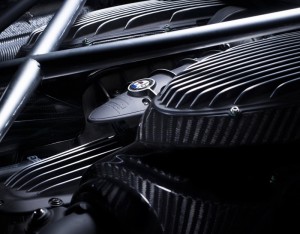 Still powered by the M158 6.0-litre V12 BiTurbo petrol motor from AMG, the Huayra BC gets a boost with Pagani claiming “over 750 PS at 6,200 RPM and 1,000 Nm at 4,000 RPM” though a Mercedes-AMG engineer has confirmed a peak 800 PS and a whole 1,100 Nm of torque. These prodigious figures sent to the new active electronic rear differential through an all-new seven-speed automated-manual transmission (AMT) from Xtrac. The Bosch ESP (electronic stability programme) now has three modes: Comfort, Sport and a new Track mode.
Still powered by the M158 6.0-litre V12 BiTurbo petrol motor from AMG, the Huayra BC gets a boost with Pagani claiming “over 750 PS at 6,200 RPM and 1,000 Nm at 4,000 RPM” though a Mercedes-AMG engineer has confirmed a peak 800 PS and a whole 1,100 Nm of torque. These prodigious figures sent to the new active electronic rear differential through an all-new seven-speed automated-manual transmission (AMT) from Xtrac. The Bosch ESP (electronic stability programme) now has three modes: Comfort, Sport and a new Track mode.
The transmission has been specifically created to retain comfort and performance while also optimising weight and balance, improving stability with lower polar inertia. It is also 40 per cent lighter than the present dual-clutch unit.
The exhaust system has a new low-back-pressure muffler and is extremely lightweight thanks to the extensive use of titanium. The engine meets EU6 and CARB emission norms.
The drive-shafts too are Le Mans-derived tripod axles. Suspension components are forged from aeronautic aluminium by HiForg. The brakes are 380-mm carbon-ceramic units from Brembo with a proprietary design for the callipers – six-piston front and four-piston rear – reducing unsprung weight. Lastly, the seven twin-spoke forged alloy wheels, 20″ at the front and 21″ at the rear, run a specific Pirelli P Zero compound with 255/30 ZR20 front and 355/25 ZR21 rear rubber. In track spec, the Huayra BC can be had with Pirelli P Zero Trofeo R rubber on smaller rims: 19″ front and 20″ rear. Lateral acceleration with these tyres is up to 2G. The result? 1,218 kg: 132 kg less than the Huayra. That’s a power-to-weight ratio somewhere between 616 PS/tonne and 657 PS/tonne. Hypercar stuff, without a shadow of a doubt.
The Pagani Huayra BC will be launched at the Geneva International Motor Show this March.
Story: Jim Gorde


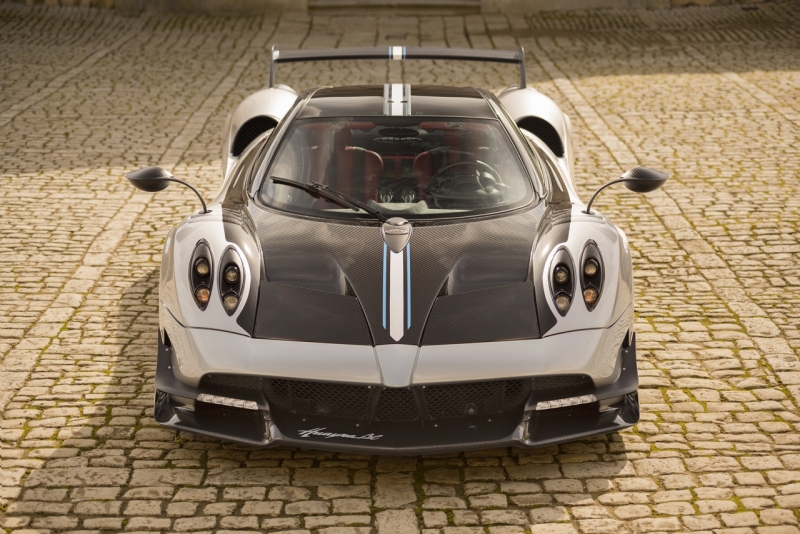
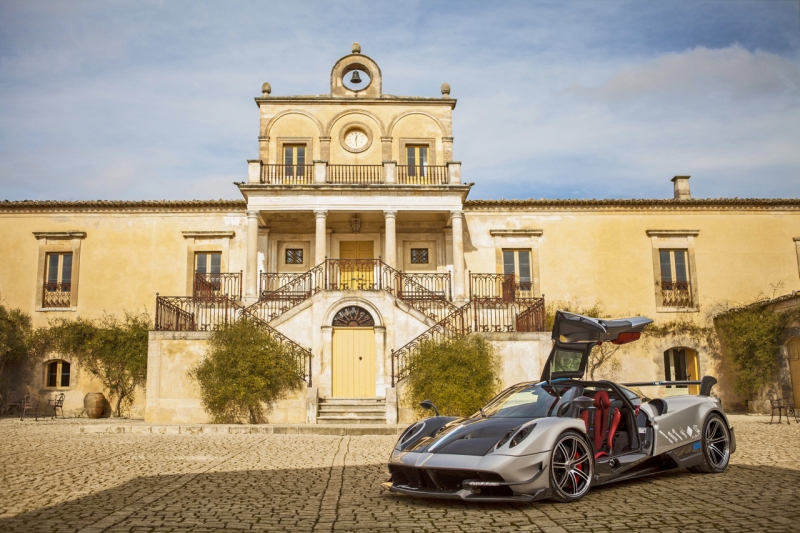
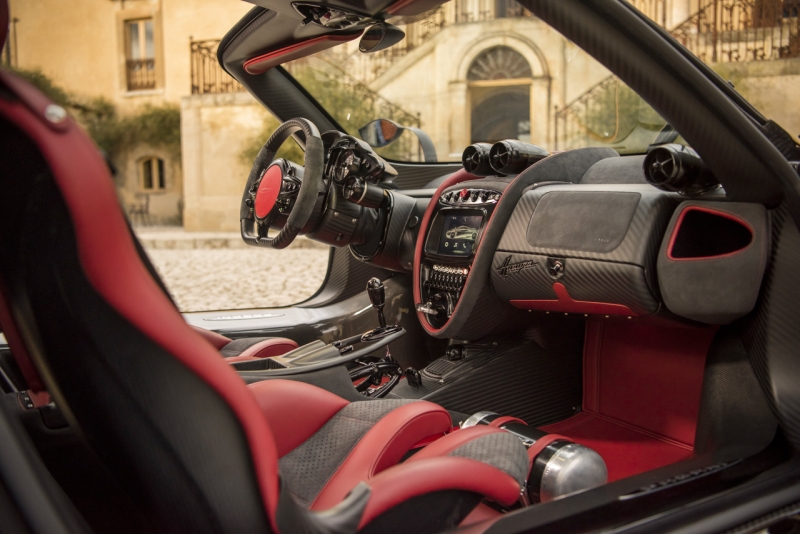
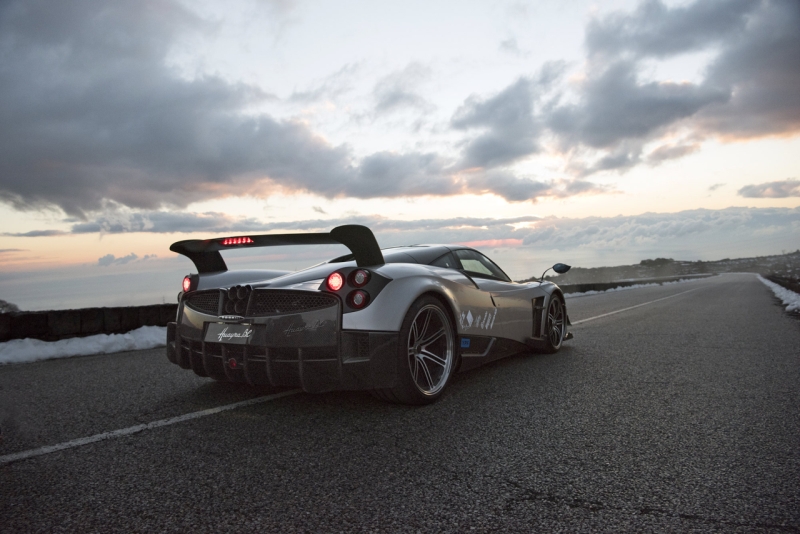
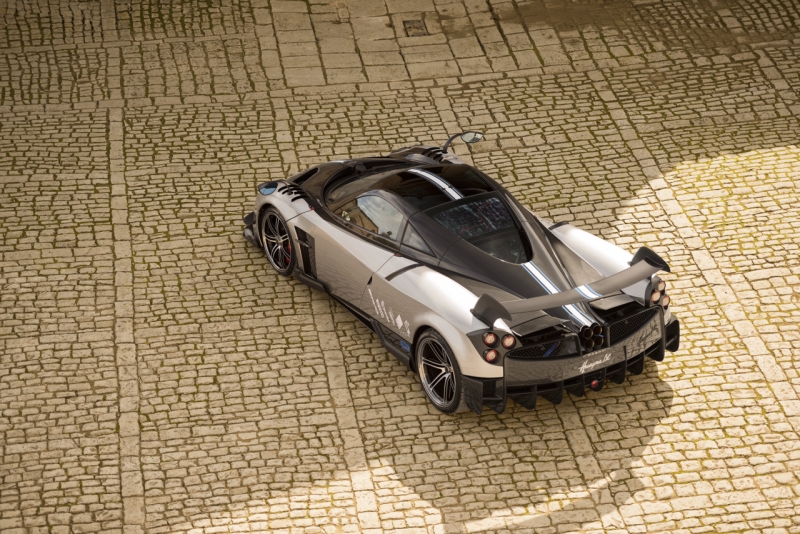










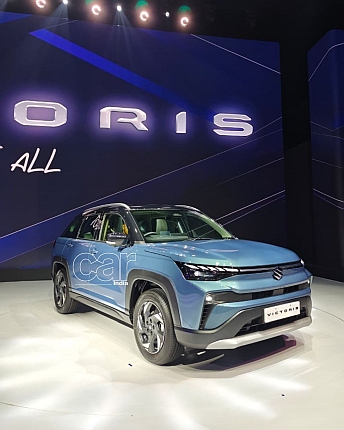
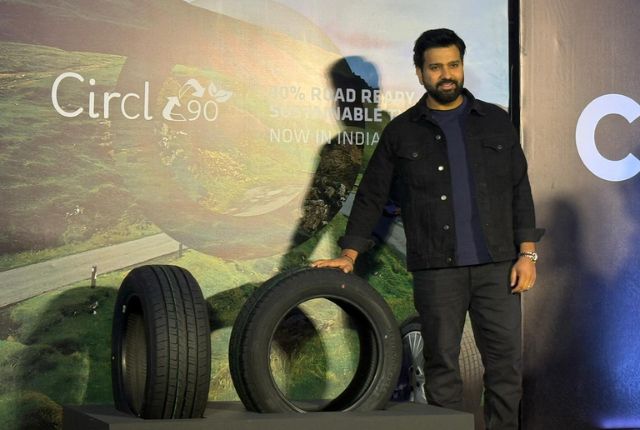
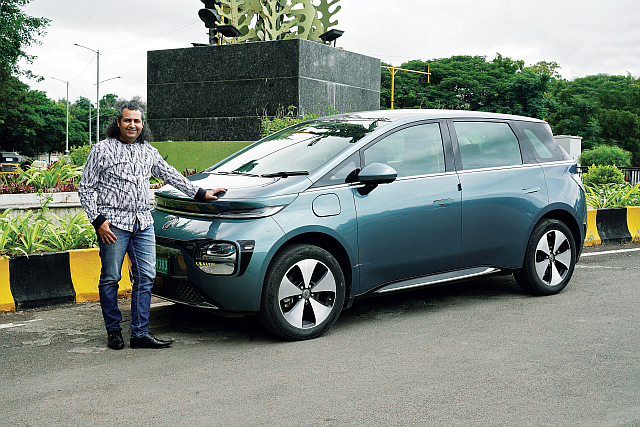
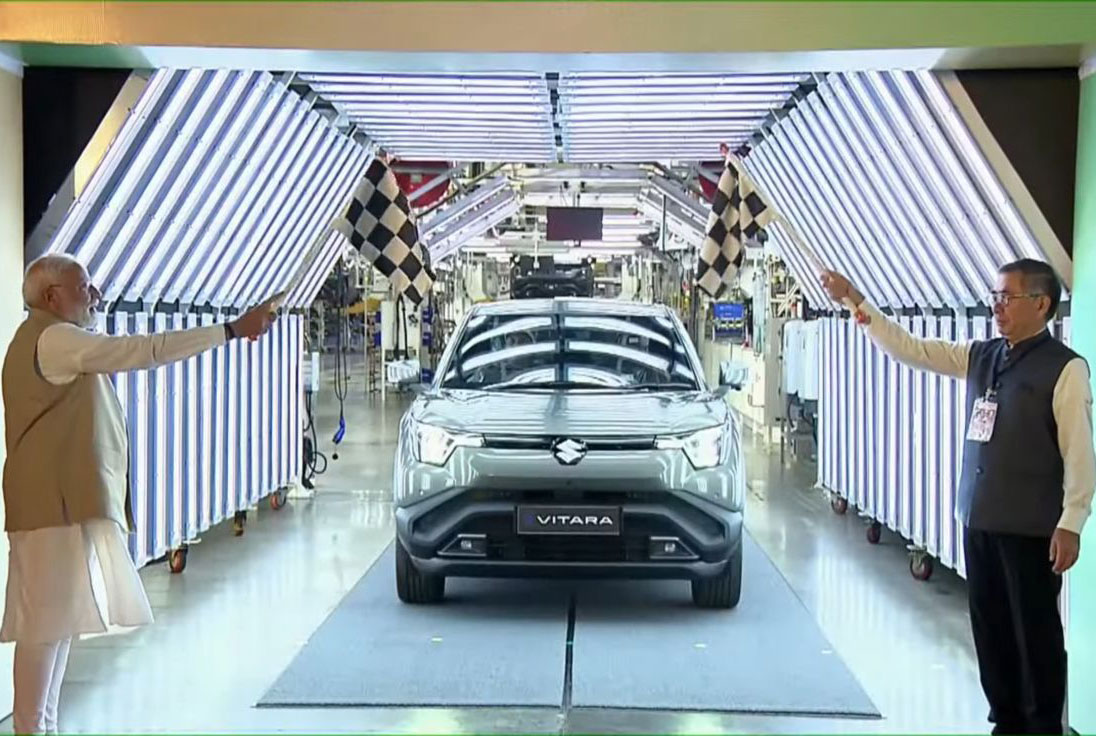
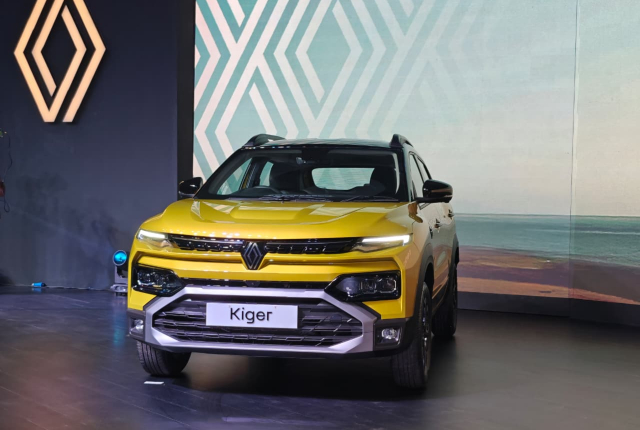





Leave a Reply